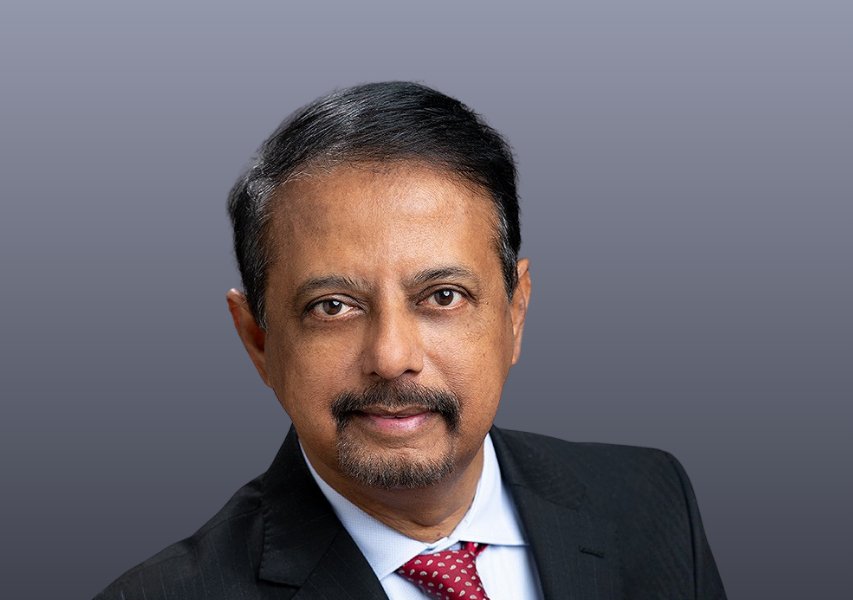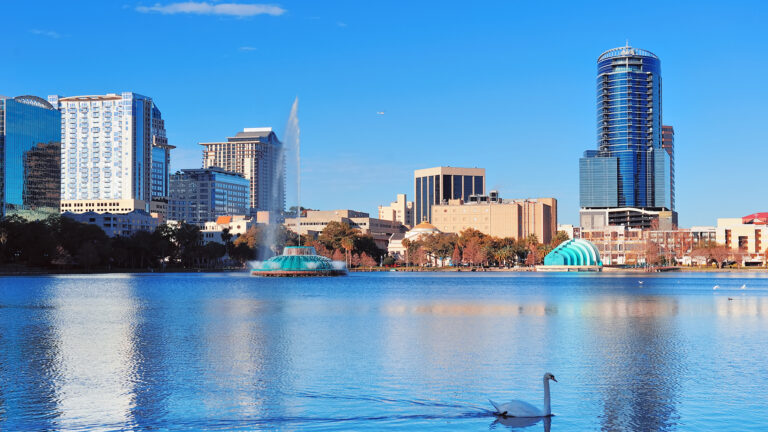Despite its current challenges, Prabhu Palani, the chief investment officer of the City of San José Retirement System, still believes the most dynamic growth often begins in the private markets arena, where companies can move faster and bolder.
“In Silicon Valley, it’s life or death,” he said. “If you don’t innovate, you die. That’s what drives productivity and the intensity of creativity you see there.”
That nimbleness could explain why some investors are increasingly taking public companies private, allowing them to “fix things away from the public glare” and operate with greater flexibility before re-entering public markets.
He acknowledged that the private equity space is still experiencing a tougher fundraising environment, mainly due to high interest rates and increased leverage costs exacting pressure on returns. In addition, the “denominator effect” — when declining public market values inflate the relative size of private holdings — has also made institutions more cautious.
But the venture space represents the true spirit of the United States, said Palani. It’s focused on steering capital in a manner that seeks growth and returns while matching some of the best minds in Silicon Valley and beyond with an entrepreneurial drive to find solutions.
As investors seek liquidity in the current market environment, he pointed out the time is ripe to find private market opportunities in secondary markets. “For institutions with dry powder, this could be a chance to buy quality assets at a discount.”
Mining opportunities
With more than two decades in investment management, Palani has developed a reputation for finding opportunity where others hesitate.
He began his career as a fixed-income manager at NatWest Group and Barclays Global Investors (now part of BlackRock) in San Francisco before managing equity portfolios at Franklin Templeton and Mellon Capital Management (a division of BNY Mellon Asset Management). That progression, from trading desks to allocator, now informs how he steers San José’s multi-billion-dollar pension assets.
“I know how managers think, how strategies are built, how they’re priced — and what questions to ask in a due diligence meeting. That perspective has been invaluable.”
When selecting venture fund managers, Palani looks beyond track records to the people behind them. To him, their backgrounds matter most. When assessing their history, he considers whether they’re operators, whether they bring something unique to the table, what their networks look like, and how they source deals.
While the pension fund doesn’t typically invest in first vintages, the investment team is always happy to build those relationships over time. “The actual venture capitalist in a particular avatar may be a first-time fund, but it may have had successful exits in other [areas]. . . . So I think the network is very important.”
He cautioned that every venture capitalist will tout their pipeline as unique, so it’s critical for investors to dig deeper to see if they’ve really differentiated themselves in a particular sector or space. “If they have that differentiated access, then it’s worth pursuing that conversation.”
The retirement system’s sweet spot for vintages, he added, tends to be around fund three — early enough to capture growth, but not the initial risk.
Once an investment team begins a manager relationship, said Palani, it should aim to invest with the goal of maintaining diversification across vintage years, noting it’s only after 12 or 15 years that investors can truly judge which bets paid off.
Shifting from fear to focus
Having managed through multiple economic cycles, Palani has learned that when fear is at its peak, that’s often the time to invest.
Indeed, the San José Federated City Employees’ Retirement System (FCERS) launched its venture capital portfolio in 2018. The pension fund made one of its early venture investments in 2021, as the coronavirus pandemic sent global markets into freefall, committing $4.8M to the Innovation Endeavors IV, a North American venture fund that invests in companies that advance world-changing ideas. Companies under its roster included New York-based, generative artificial intelligence platform Trunk Tools; Halifax, Nova Scotia-based financial software provider Optiml; Gatik, an autonomous driving technology company based in Mountain View, CA; and Singapore-based solar AI solutions firm Cosmos Innovation.
As of June 30, 2025, the FCERS’ venture capital portfolio had returned 1.4% for the fiscal year. Venture capital is the newest component of its private markets program and continues to move through the “J-curve” stage, following its initial commitments to 2021 vintage funds. Overall, the pension fund’s private markets portfolio has delivered an annual return of 14.0% over the past five years.
As public markets flatten and investors hunt for innovation elsewhere, Palani noted in venture capital, innovation is a matter of survival, whereas public markets, by nature, are slower and more bureaucratic.
“You don’t always need to see the solution; sometimes you just have to recognize value when it appears.”
After the “Great Reset” of 2022, capital tightened in the venture space, with most funding funneled to one dominant area — AI.
“Silicon Valley and the tech world have seen waves of innovation over the years, but this latest wave has the potential to unleash a level of productivity we haven’t seen in a very long time.”
While this concentration in capital does belie risk of a bubble, Palani believes the broader innovation ecosystem remains active enough to circumvent this risk. Indeed, he noted sectors such as biotech, consumer products, and clean technology are also fueling innovation. He’s seen a notable shift that has institutional investors increasing their exposure to these private assets.
As of June 30, 2025, the FCERS’ private markets portfolio had allocated more than $750M across private equity ($380M), venture capital ($47M), private debt ($112M), growth real estate ($135M), and private real assets ($86M).












